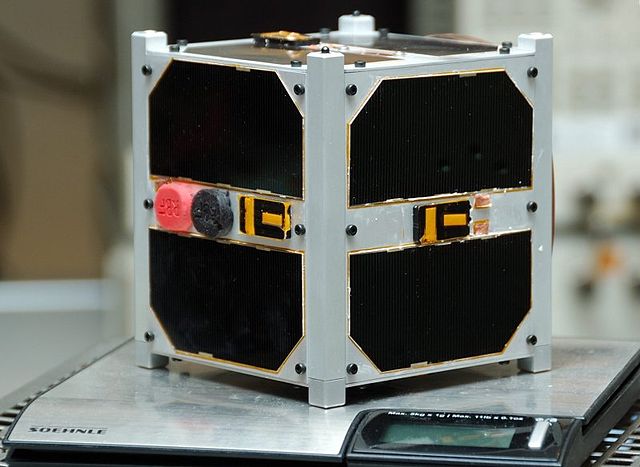Sony's nanosatellite has been launched into space with Pale Blue’s experimental water vapor propulsion system.

February 13, 2023
A press statement reveals earlier this month a propulsion company based in Japan launched its first experimental water-based thruster technology into space aboard a SpaceX Falcon 9 rideshare mission.
The company named Pale Blue installed this technology on a nanosatellite by Sony. The Japanese tech giant, Sony, chose Pale Blue to provide their experimental propulsion technology for its Star Sphere project. The project will provide a 4K video of space for artistic and educational purposes.
On January 6, as a part of the SpaceX rideshare mission Transporter 6, Sony’s first Star Sphere project satellite was launched alongside 113 other satellites. The CubeSat named Star Sphere-1 features a full-frame camera and is also equipped with Pale Blue’s water vapor propulsion system. This would provide a chance for Pale Blue for demonstrating its technology in space for the first time.
Pale Blue explained in a press statement that its technology will increase the small satellite’s lifetime by 2.5 years with small periodic orbital correction maneuvers. The company also explains how their water-vapor propellant is also a more environmentally friendly solution amid the growing demand for CubeSats.
Jun Asakawa, CEO and co-founder of Pale Blue said, “I am very pleased that our safe, sustainable, and low-cost water thruster can contribute to this project, and we are committed to the development of the space industry."
The company Pale Blue, founded in 2020, is developing various water-based propulsion systems based on research conducted by the University of Tokyo and the Japanese space agency (JAXA).
In a report by Stratview Research, it was found that the launch of the Starlink internet satellite by SpaceX resulted in a robust increase in the growth of the small satellite market in 2020. The nanosatellite is one type of Small satellite.
Market Highlights
According to Stratview Research, the small satellites market grew from USD 763.7mn in 2017 to USD 4657.0 mn in 2022, exhibiting a growth of 500%. Also, it estimates that in the coming 5 years, the market will reach USD 8,456.3 mn, almost double what it is in the year 2022.
The market for small satellites is highly consolidated with the strong presence of key players such as SpaceX, Planet Labs, and OneWeb Satellites. These major players are focusing on production as well as the launch of smallsats to cater to the need for remote sensing and communication applications. SpaceX offers ride-share missions to other smallsat manufacturers, which further strengthens its position in the industry.
The supply chain of this market comprises several nodes including raw material suppliers, component manufacturers, system integrators, satellite manufacturers, ground station operators, and end-users. The following are the key players in the market.